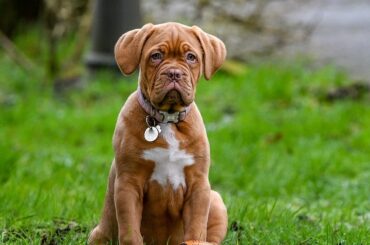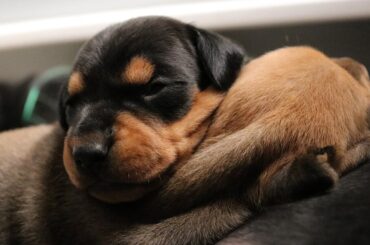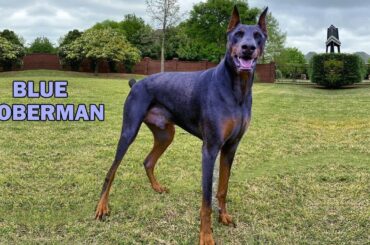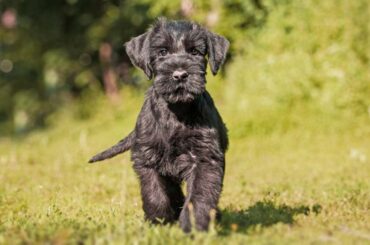Table of Contents
Introduction
In the grand tapestry of canine companionship, few breeds command attention and admiration like the majestic Scottish Deerhound vs Irish Wolfhound. These two giant breeds, reminiscent of mythical creatures from folklore, share a heritage steeped in history and nobility. As we embark on a journey to explore the unique qualities that define the Scottish Deerhound and the Irish Wolfhound, we find ourselves immersed in a world where size meets grace, and strength intertwines with gentleness.
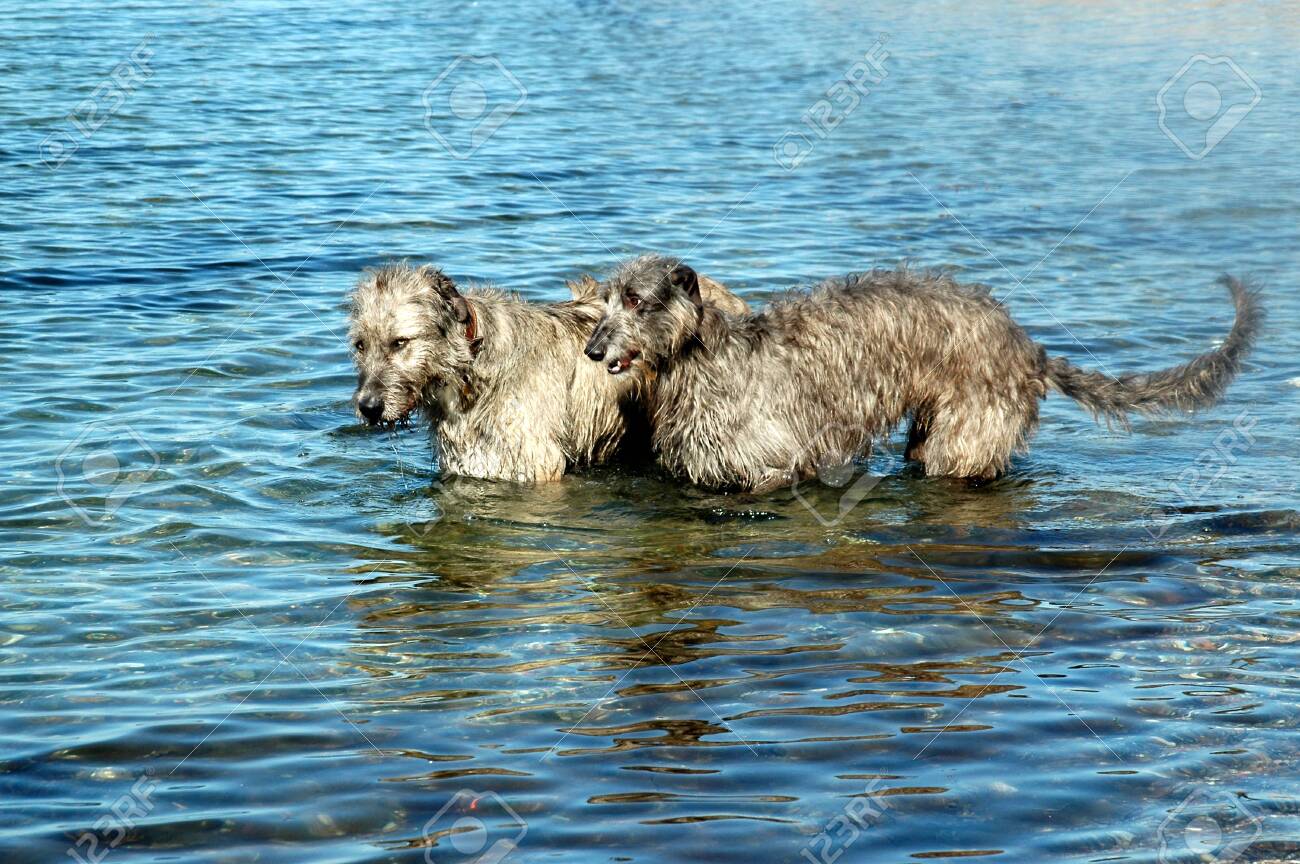
In this comparative exploration, we delve into the origins, physical attributes, temperaments, and the distinct roles these magnificent hounds have played throughout the ages. Whether you are a prospective dog owner seeking the perfect large-breed companion or simply an admirer of canine diversity, join us in uncovering the nuances that differentiate these gentle giants. Let the tale of the Scottish Deerhound vs Irish Wolfhound unfold, revealing the intriguing contrasts and shared virtues that make each of them a captivating presence in the realm of canine royalty.
Scottish Deerhound vs Irish Wolfhound: History And Breeding
It’s hard to determine the precise histories of the Scottish Deerhound vs Irish Wolfhound because they have both existed for such a long time. For both of these breeds, a large portion of their history is simply myth and legend. Despite the fact that they are both ancient breeds, their precise origins and purposes of breeding differ greatly.
Irish Wolfhound have written records that go all the way back to classical Rome. But apparently they were in Ireland much before that. As the name suggests, these dogs were bred specifically for sight-based hunting. The Irish sought to find a way to stop wolves from taking over their territory in the fifteenth century. As a result, these canines, who had previously killed the endangered Irish elk, started to focus only on wolf hunting.
But the Irish Wolfhounds were so skilled at hunting that they drove the wolves and other big game to extinction. The Irish Wolfhound nearly became extinct as a result of this. Nonetheless, the breed was brought back to life in the 19th century, and in 1838 it was introduced to the US.
In contrast, the Scottish Deerhound is a native of Scotland. In actuality, according to history, hounds used for deer hunting arrived in the nation before to the Scottish people. Historians can firmly identify the breed as Deerhounds in the 16th and 17th centuries, while some form of the breed can be dated back to the third century.
The Scottish Deerhound pursued wild red deer during this period. It’s interesting to note that the Deerhound also declined at the same time as the Irish Wolfhound. In the 19th century, the Deerhound also saw a renaissance. In 1886, the Scottish Deerhound was originally registered with the American Kennel Club (AKC).
Comparing Scottish Deerhound vs Irish Wolfhound
Body Appearance
The Scottish Deerhound vs Irish Wolfhound have such striking physical similarities that breed enthusiasts claim even experts occasionally mix up the two varieties. Both of them are similar to the Greyhound, but they have longer, wiry fur and a much larger frame.
It is commonly believed that the Great Dane is the tallest dog breed, but the Wolfhound is actually taller than any other AKC breed. Whereas the Deerhound can only reach a maximum height of 30 to 32 inches, males must measure at least 32 inches from paw to shoulder. Although Irish and English kennel clubs usually prefer him to be about one inch shorter, the possibilities with the Irish Wolfhound are truly endless.
The Deerhound, who weighs anywhere from 85 to 110 pounds, a weight that is by no means light, is far lighter than the Wolfhound, who weighs a stunning 120 pounds! None of these guys is appropriate for this because of their size.
At about three years old, both breeds will reach full maturity and cease to grow. It is especially crucial that they avoid overexertion during this time since their bones and joints will begin to strengthen around the age of ten months.
The coat of an Irish Wolfhound requires 13 approved colors, including brindle, while that of a Scottish Deerhound just need four. Of all the colors, grey is the most identifiable and widely used.
The Irish Wolfhound has a deeper chest than the Deerhound because to his modest height difference, which also gives him a powerful stride. with contrast to the Wolfhound, whose ears are larger and covered with more hair, the Deerhound has longer legs and smaller ears that are positioned farther back on the skull. The rear of the Deerhound is more curved than that of the Wolfhound.
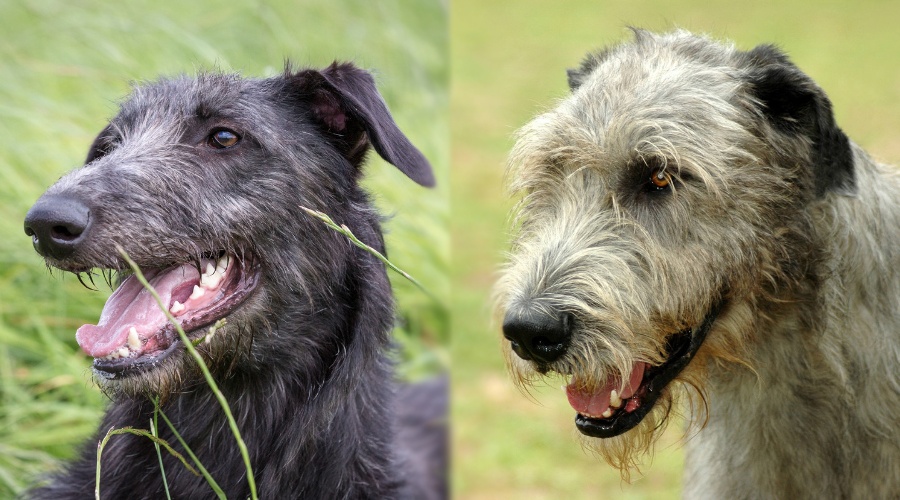
Temperament
The temperaments of the Scottish Deerhound vs Irish Wolfhound are extremely similar, in addition to their physical similarities.
The Scottish Deerhound vs Irish Wolfhound are both the epitome of the real gentleman; they are vigilant but dignified in their reactions, brave but not unduly possessive, and loyal but not clingy.
They are affectionate and close to their family, but they are just indifferent to outsiders, even though none of them is distant from them. Because they wouldn’t even bark once to warn their owner, they would both be awful guard dogs since they would let strangers to enter their home and estate.
The Irish Wolfhound is a brave, respectable, and collected dog. The breed association claims that the Irish Wolfhound is too calm to be a guard dog, despite the fact that his size may be threatening. Irish Wolfhound are most content when they have daily human company and are patient with children. Scottish Deerhound vs Irish Wolfhound are perceptive, wise, and a source of comfort for their households.
In contrast, the Deerhound is kind, respectful, and courteous. They can be soft and kind, just like the Irish Wolfhound, but they are also nimble and sharp-witted. The play style pays homage to the hunting tradition of the Deerhound. People see this play as tougher than with other breeds, according to the breed association. However, the Scottish Deerhound is typically adaptive, laid-back, and will reciprocate its owner’s love and attention.
Exercise
The Irish Wolfhound, who has a lower energy level than the Scottish Deerhound, enjoys naps in the afternoon, sometimes even three or more. He therefore requires additional mental stimulation throughout the day to prevent boredom and restlessness.
Don’t be misled by their calm and gentle ways because they can take down a 400-pound deer, which means that he could rip up a sofa in a matter of minutes. It is not healthy for anyone when a dog is bored or sad.
General Tips for Exercise
Age Consideration
Both breeds are large, and it’s important to be mindful of not over-exercising puppies to protect their growing joints.
Secure Areas
Scottish Deerhound vs Irish Wolfhound benefit from having access to secure, open areas where they can run freely.
Supervision
Supervise play with other dogs, especially with smaller breeds, as their size can unintentionally be intimidating.
Variety
Incorporate a variety of activities, such as walks, playtime, and mental stimulation, to keep Scottish Deerhound vs Irish Wolfhound engaged and happy.
Health Check
Regular veterinary check-ups are crucial, especially for large breeds like Scottish Deerhound vs Irish Wolfhound to monitor their overall health and address any concerns promptly.
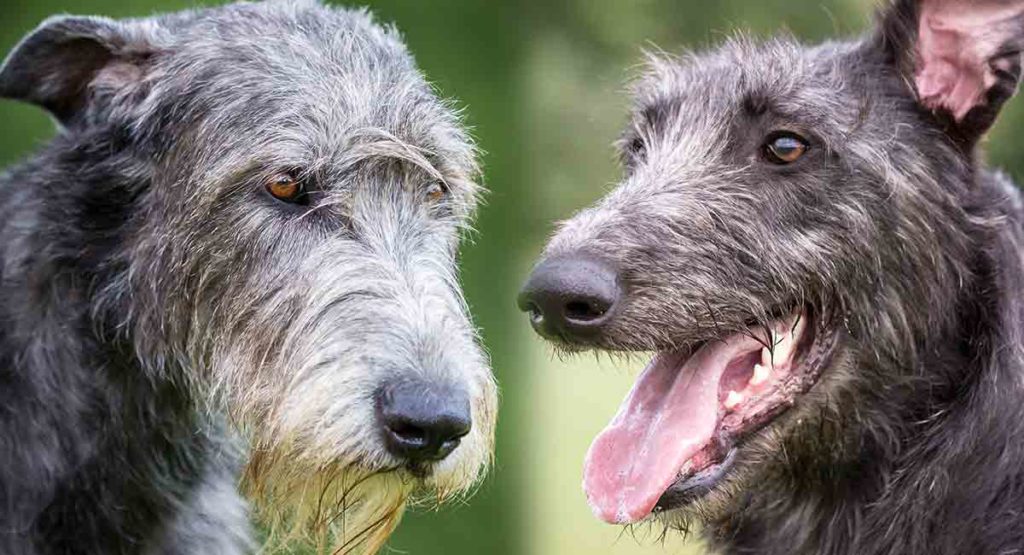
Training
The are similarly independent creatures, who are more interested in searching for their next rabbit than listening and learning from their master. For this reason, if you are searching for a 100% obedient pup then it is unlikely that these breeds are for you. If you are set on them being totally obedient, then you would do well to enroll them into professional obedience classes with a professional trainer.
Scottish Deerhound vs Irish Wolfhound need early socialization. Although you can try your hardest to teach them to be calm and collected around cats, it is unlikely that they will ever be able to control their high prey drive. Instead, you can teach them to be at ease and relaxed around other dogs of all sizes.
These two are robust pups, therefore it’s crucial that they walk well on the lead as it’s advised that none of them be left alone in public. To guarantee that your daily walks are peaceful and pleasurable for both you and your dog, it is crucial to begin leash training them at a young age.
Nutrition And Diet
The daily food consumption of a Scottish Deerhound is approximately 3 ½ cups, while an Irish Wolfhound has a higher daily food consumption of approximately 4 ½ cups. If you’re considering about having one of these people visit your house, this is a crucial thing to take into account. Their monthly food expenses are far higher because they eat a lot more than the typical dog.
General Feeding Tips
Avoid Overfeeding:
Large breeds are prone to obesity, which can exacerbate joint issues. Be mindful of portion control and avoid overfeeding.
Regular Feeding Schedule
Establish a consistent feeding schedule to help regulate their digestive system.
Special Considerations:
If your dog has specific health concerns or dietary restrictions, consult with a veterinarian to determine an appropriate diet.
Avoid Human Foods:
Certain human foods can be toxic to dogs. Avoid feeding Scottish Deerhound vs Irish Wolfhound chocolate, caffeine, grapes, onions, garlic, and other items that can be harmful.
Transitioning Diets
If you need to switch your dog’s diet, do so gradually over several days to avoid digestive upset.
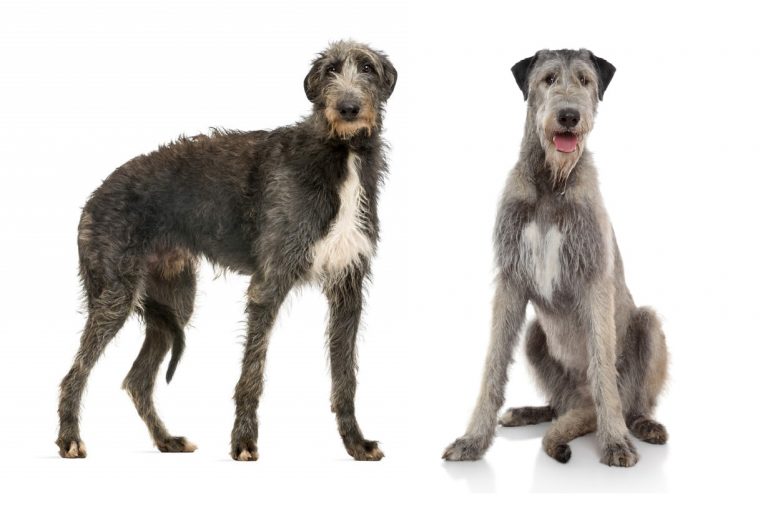
Grooming
The Irish Wolfhound has a double coat while the Scottish Deerhound has not. They have different coats, but their grooming needs are about the same. They only need to be brushed once or twice a week to maintain the health and tangle-free condition of their long, wiry hair because they do not shed heavily.
When it comes to grooming, both breeds are excellent because they require less upkeep overall, making them easier to groom. Neither of these breed is hypoallergenic, thus that makes them unsuitable for households with dogs that have allergies. This is another issue to think about.
Scottish Deerhound vs Irish Wolfhound: Life Span
Their lifespans are the last distinction between the Scottish Deerhound vs Irish Wolfhound. Because these two breeds differ in size, the Scottish deerhound lives slightly longer than the Irish wolfhound. For instance, the typical lifespan of an Irish wolfhound is just 6 to 10 years, whereas the average lifespan of a Scottish deerhound is 8 to 11 years.
Conclusion
In conclusion, Scottish Deerhound vs Irish Wolfhound share several similarities due to their large size, gentle nature, and specific exercise and nutritional needs. However, there are distinct differences that potential owners should consider when choosing between the two breeds
READ ALSO
- Chug Dog Breed Information: The Perfect Blend of Chihuahua Pug Mix
- Bullmastiff Brindle: The Unique World of Bullmastiff Brindle Breed
- Black Irish Setter Dog: Discovering the 4 Comprehensive Coal Beauty of the Setter Breed
- Giant Schnauzer Dog – 4 Exclusive Body Characteristics, Behaviour, Caring And Health
FAQs
What dog is bigger than a wolfhound?
The Great Dane is generally recognized as being the largest breed in terms of height – but Irish Wolfhounds and English Mastiffs as worthy contenders too. When it comes to height and weight combined, no one is going to argue with the Mastiff’s claim!
Why are Irish Wolfhounds so expensive?
Reputable breeders with a history of producing healthy and well-bred Irish Wolfhounds often charge higher prices for their puppies. The lineage, pedigree, and quality of the dog can also impact the price. Dogs from champion bloodlines or with show potential may have higher price tags
Are Irish Wolfhounds powerful?
Irish Wolfhounds are a large and powerful breed but known for being big softies at heart.

